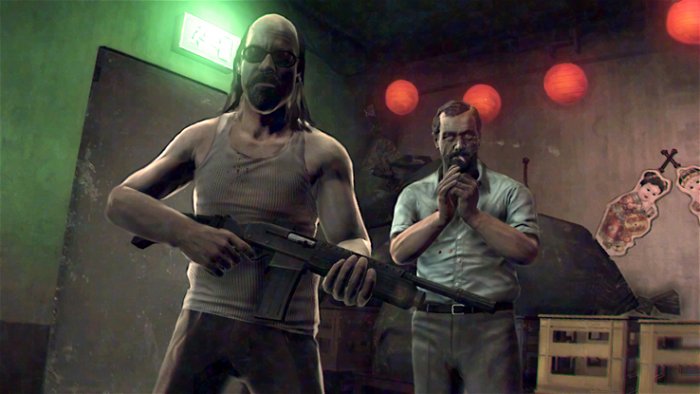I’m not a fan of multi-player games in the conventional sense that we accept today. Being a fan of JRPGs and adventure games, it’s not unusual for me to spend upwards of 100 hours on a single game, by myself, getting immersed in the world and story. It also doesn’t help that while I’m a competent gamer, I’m a lousy competitive player, usually being low man on the totem pole in any death match I throw myself into without weeks of practice. All that considered however, there is one kind of multi-player experience I love, and I wish we’d see more of it used in meaningful ways. When it comes to playing with other people, few people at CGM have the mania that I do for a solid co-operative gaming experience.
Perhaps it’s just my sociable nature, but to me there’s a certain magic that kicks in when you play with other people rather than against them. It’s a struggle together, a shared victory or defeat, a new dynamic that neither a solo effort, nor a competitive one can match. That’s fortunate, because over the course of the summer, co-op gaming came back with a vengeance, and I was able to leave my Rock Band hidey-hole, and sample the other genres in their attempts to bring people together, rather than against each other. Over the last few months, I’ve come to the conclusion that co-op is really, really hard to do, but well worth it when the stars align and everything works properly.

On the one hand, you have games like Kane & Lynch 2 which take a standard, some might even say uninspired approach to co-op gameplay. Because it’s a Gears of War style shooter, they took the obvious route of “Two guns are better than one,” and the result is a shooter that can still carry those “high five moments” where you want to back-pat your partner after a tough shoot-out, but it doesn’t mange to do much better than achieve a tenuous sense of partnership. There’s a similar mechanic going on in Deathspank where a “secondary” player can join, but the tacked on nature of the co-op mode means no possible character advancement for the “player 2”, and both players share the same life-meter. The co-op works on a functional level, but does little to distinguish itself. On the other end of the spectrum, you’ve got Scott Pilgrim vs. The World: The Game which goes old school and manages to perfectly capture the glee of beating up thugs with up to three other friends. It adds some variety to the mix by allowing players to “bounce” enemies between them with timed button presses and even has a special, band based attack if all participating players invoke a taunt at the same time. Players can even lend each other money to buy goods. The only downside to this novel, classic experience is that it’s too classic. The lack of drop-in/drop-out gameplay and no online component means that people can’t spontaneously join in, and four controllers are required in a household for a full co-op experience.
Finally, there’s the best example of co-op gameplay this summer, the surprisingly good Lara Croft & The Guardian of Light. Co-op here takes on a broad range of applications from a second gun at your side to some of the most fiendish multi-player puzzles seen in a game in years. This is a game that takes the co-operative concept so seriously that it almost feels like a new game when you jump from single-player to co-op and see how radically different the puzzles are. It also manages to add an online component, which makes the game more accessible for those that don’t have a ready partner at hand.

In essence, co-op, done properly, needs to have a few features. Online play needs to be there, because a lot of gamers are now living on their own, sometimes thousands of miles away from their old friends, and online connectivity mitigates that. But beyond that, the co-op needs to do more than just reinforce numbers. Additional companions for crazed shoot outs will always work, but a game like Lara Croft or Scott Pilgrim shows that players helping each other, working together, can be much a more fulfilling experience than simply shooting two guns in two different locations. It’s a tricky balance, but when done right, creates incredibly memorable experiences.
This article originally appeared in the Oct 2010 issue of CGM.




